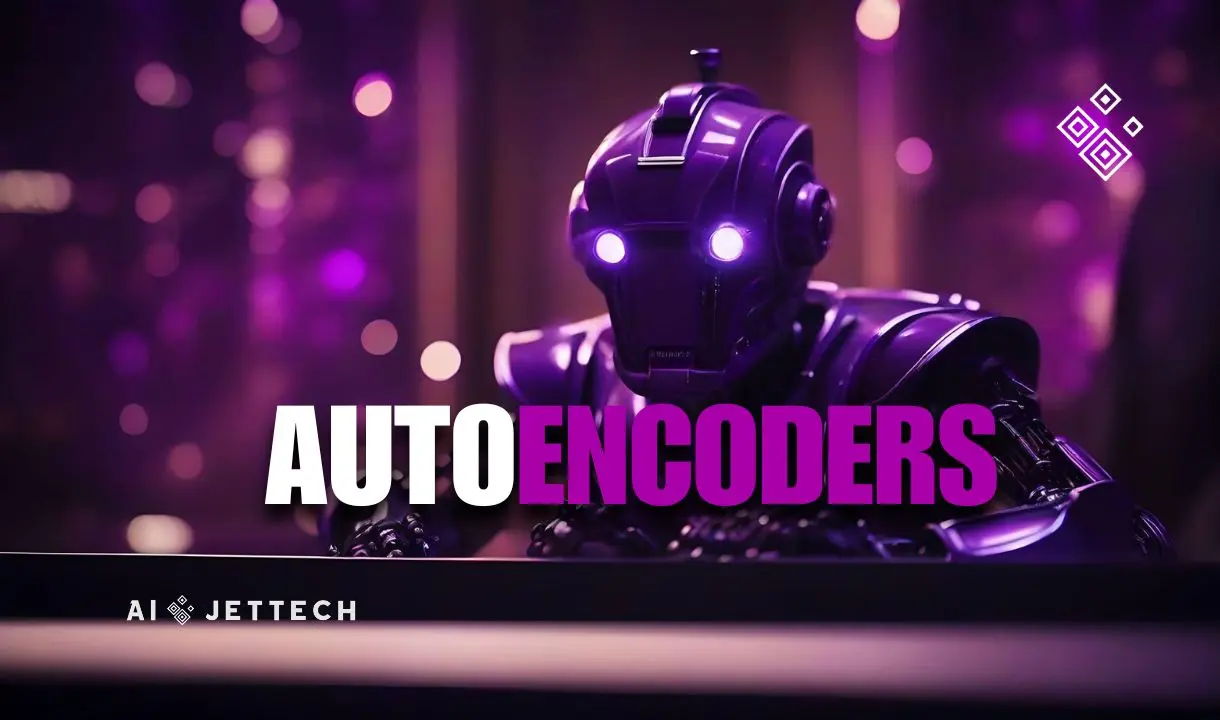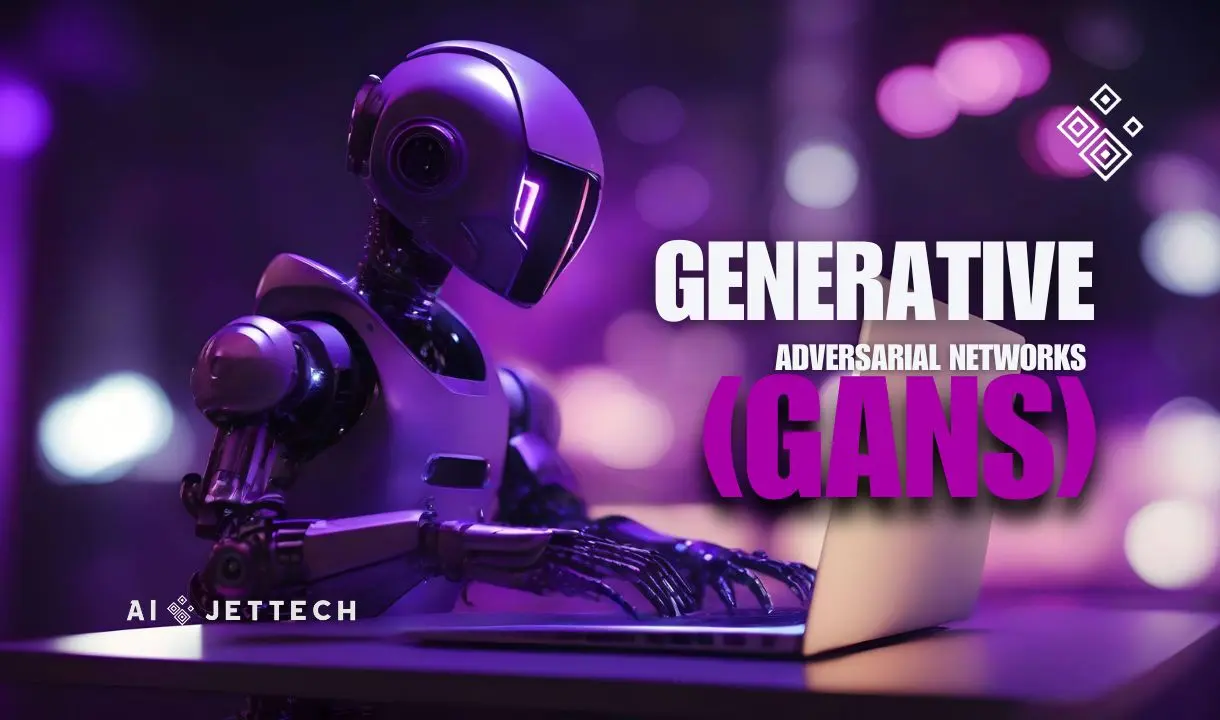In this article we will discuss about the several ways in detail that How AI will helps in Education. Artificial Intelligence (AI) plays a massive role in transforming education by introducing innovative tools and methods that enhance the learning experience.
Here are the several ways that How AI Helps in Education, In other words AI contributes to education:
- Personalized Learning
- Adaptive Learning Platforms
- Automation of Administrative Tasks
- Intelligent Tutoring Systems
- Language Processing and Translation
- Data Analysis for Educational Insights
- Virtual and Augmented Reality (VR/AR)
- Automated Content Creation
- Early Intervention and Support
- Global Access to Education
Let’s discuss the above in detailed way that, How AI will contributes/helps to education.
1. Personalized Learning:
AI enables personalized learning experiences by tailoring educational content to individual student needs. Machine learning algorithms analyze students’ progress and adapt the curriculum to match their learning pace and style. This ensures that each student receives a customized and effective learning path.
2. Adaptive Learning Platforms:
AI-powered adaptive learning platforms assess students’ strengths and weaknesses, providing targeted interventions and additional resources where needed. These platforms continuously adjust the difficulty of tasks based on the student’s performance, promoting a more adaptive and engaging learning environment.
3. Automation of Administrative Tasks:
AI can streamline administrative tasks for educators and institutions, such as grading, scheduling, and attendance tracking. This allows teachers to focus more on direct student interaction and instructional activities, improving overall efficiency in educational institutions.
4. Intelligent Tutoring Systems:
AI-driven tutoring systems provide instant feedback and assistance to students. These systems can offer explanations, answer questions, and guide students through learning materials. Intelligent tutoring systems help reinforce concepts and provide additional support outside the traditional classroom setting.
5. Language Processing and Translation:
AI-driven language processing tools assist students in language acquisition and understanding. They can aid language learners by providing real-time translation, pronunciation feedback, and language practice exercises, making language education more accessible and effective.
6. Data Analysis for Educational Insights:
AI helps educators analyze vast amounts of data to gain insights into student performance and learning patterns. By identifying trends and areas for improvement, educators can make data-informed decisions to enhance teaching methods and curriculum design.
7. Virtual and Augmented Reality (VR/AR):
AI combined with VR/AR technologies creates immersive learning experiences. Virtual simulations and augmented reality applications provide students with hands-on experiences in various subjects, enhancing their understanding of complex concepts in a more interactive way.
8. Automated Content Creation:
AI tools can assist in creating educational content, such as generating quizzes, exams, and interactive learning materials. This not only saves time for educators but also ensures the availability of high-quality and diverse learning resources.
9. Early Intervention and Support:
AI algorithms can identify students who may be struggling early on, allowing for timely intervention and support. This proactive approach helps prevent learning gaps and provides additional resources to students who need them.
10. Global Access to Education:
AI facilitates online and distance learning, breaking down geographical barriers. Students around the world can access educational materials and courses, enabling a more inclusive and globalized education system.
In summary, AI contributes to education by making learning more personalized, adaptive, efficient, and accessible. These advancements help educators create a dynamic and engaging learning environment that caters to the diverse needs of students.
That’s it for this article, See in the next article.






